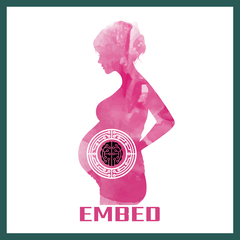Propogation of anxiety-traits through the maternal line via parallel and segregated gametic and non-gametic epigenetic mechanisms
gse68713
Description Overall Design Histogram
Data and Resources
Raw Files [18]
-
gsm1679432
vDG_WT_1 (eRRBS)
-
gsm1679433
vDG_WT_2 (eRRBS)
-
gsm1679434
vDG_F1_1 (eRRBS)
-
gsm1679435
vDG_F1_2 (eRRBS)
-
gsm1679436
vDG_F2_1 (eRRBS)
Additional Info
| Field | Value |
|---|---|
| Source | https://www.ncbi.nlm.nih.gov/geo/query/acc.cgi?acc=GSE68713 |
| Type of Data |
Expression profiling by high throughput sequencing Methylation profiling by high throughput sequencing |
| Technology |
RNA Sequencing, Methylation Sequencing |
| GSE Submission Date | 11/05/2015 |
| GSE Authors | Emma,,Mitchell; Shifra,L,Klein; Ali Sharma; Judith,G,Toth; Kimon Argyropoulos; Luendro Barboza; Charlotte Bavley; Analia Bortolozzi; Francesco Artigas; Ji-eun Oh; Niraj Lodhi; Jarrod Dudakov; Miklos Toth |
| Dataset Last Updated | December 7, 2020, 11:30 (UTC) |
| Dataset Created | December 7, 2020, 11:28 (UTC) |
